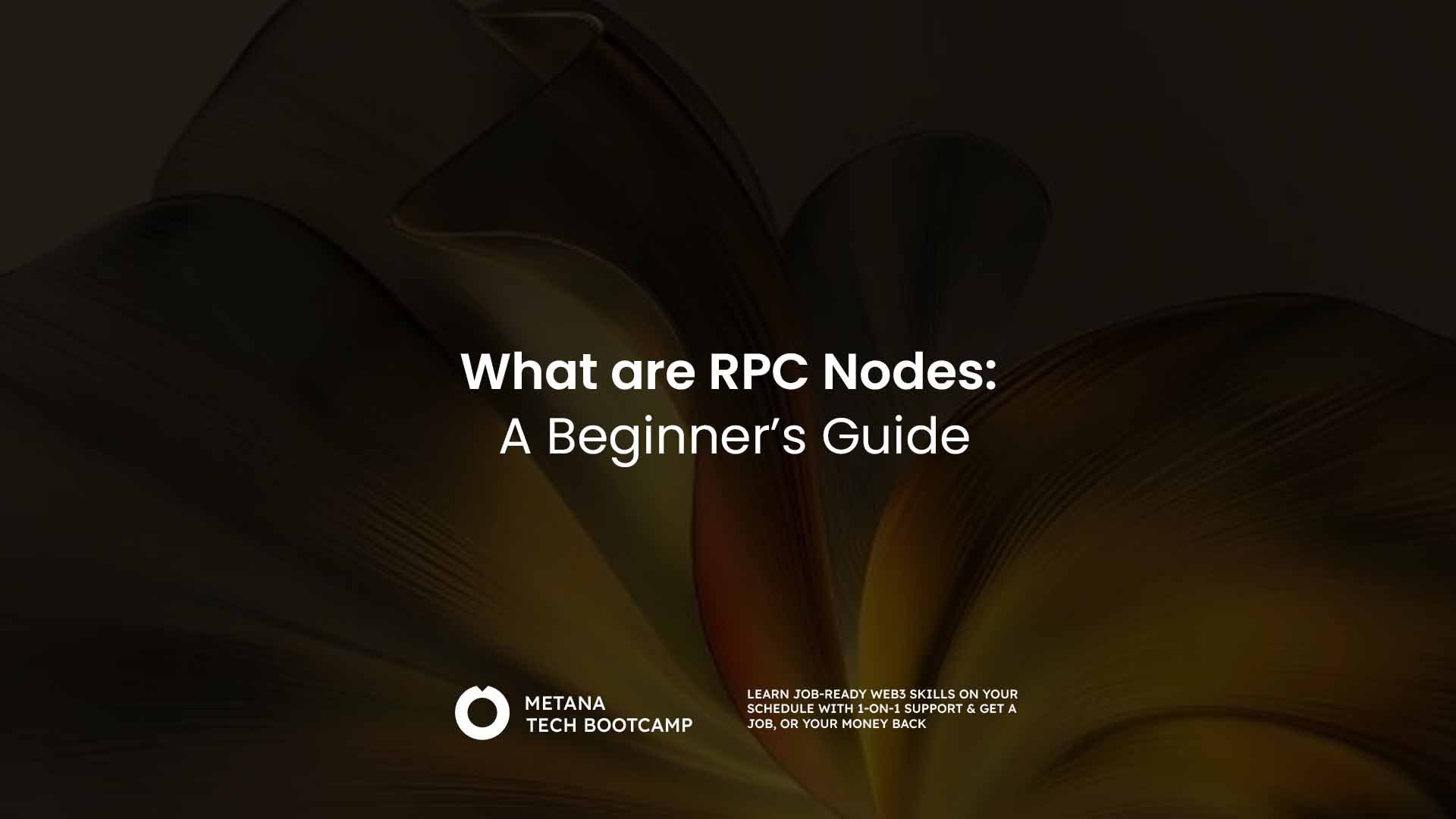
What are Solana RPC Nodes: A Complete Beginner's Guide

RPC Nodes Beginner Guide
RPC (Remote Procedure Call) nodes serve as essential intermediaries between blockchain applications and the network, enabling seamless communication and data exchange. These nodes process requests from decentralized applications (dApps) and relay information back and forth.
Key Functions of RPC Nodes:
- Process transaction requests
- Retrieve blockchain data
- Enable smart contract interactions
- Support API calls from dApps
- Provide network status updates
When you interact with a blockchain through a wallet or dApp, you're likely connecting through an RPC node. These nodes maintain a complete copy of the blockchain and respond to queries about account balances, transaction history, and smart contract states.
Think of RPC nodes as translators between your applications and the blockchain network. They convert your requests into a format the blockchain can understand and translate the responses back into usable data.
Public RPC nodes are freely available but can be slow or unreliable during high traffic. Private RPC nodes offer better performance and reliability but require setup and maintenance costs. Major networks like Ethereum, Solana, and Binance Smart Chain all rely on RPC nodes for their ecosystem functionality.
For developers and users alike, understanding RPC nodes is crucial as they form the backbone of blockchain infrastructure and enable the decentralized web to function effectively.
Best Practices:
- Use multiple RPC nodes for redundancy
- Consider running your own node for critical applications
- Monitor node performance and uptime
- Choose geographically closer nodes for better speed
- Implement proper error handling for node failures
Related Articles
AlgoKit 3.0 Launches with TypeScript Support and Advanced Developer Tools for Algorand

